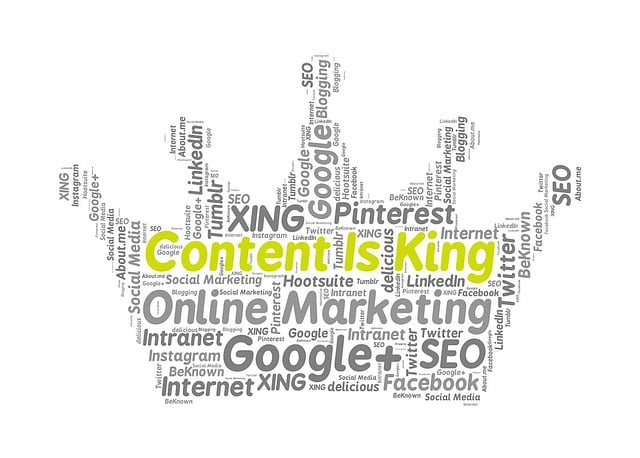AI visual rep counting for bodyweight exercises leverages machine learning and computer vision to track repetitions accurately, providing personalized fitness coaching adapted to user goals, levels, and equipment. AI is transforming marketing strategies, especially in fitness, by analyzing customer behavior for tailored promotions. Future trends include immersive virtual trainers with real-time feedback, AR guidance for home workouts, and predictive analytics, all aimed at revolutionizing personalized fitness experiences.
“AI tools are transforming the fitness industry, offering personalized promotions that cater to individual member needs. This article explores how AI visual rep counting for bodyweight exercises is revolutionizing workout experiences. We’ll delve into the technology behind this innovative approach, highlighting its benefits and applications in creating tailored content. Furthermore, we’ll discuss best practices and future trends, providing insights into how fitness professionals can leverage AI for enhanced member engagement.”
- Understanding AI Visual Rep Counting for Bodyweight Exercises: The Technology Behind It
- How AI Tools Personalize Promotions for Members: Benefits and Applications
- Best Practices and Future Trends in Utilizing AI for Personalized Fitness Content
Understanding AI Visual Rep Counting for Bodyweight Exercises: The Technology Behind It

AI visual rep counting for bodyweight exercises is a cutting-edge technology that revolutionizes fitness tracking. This innovative system uses advanced machine learning algorithms to analyze and interpret human movements during exercise routines, specifically focusing on bodyweight exercises. By processing real-time video data, the AI can accurately count repetitions (reps), ensuring precise performance measurement.
The technology works by breaking down each exercise into distinct movement patterns and using computer vision techniques to track the user’s form and technique. It identifies key landmarks on the body, such as joints and extremities, and follows their trajectory during each rep. This data is then used to calculate and display accurate rep counts, providing users with valuable insights into their workout effectiveness. The AI can adapt to different exercises, users, and environments, making it a versatile tool for personalized fitness coaching.
How AI Tools Personalize Promotions for Members: Benefits and Applications

AI tools are transforming the way organizations personalize promotions for their members, offering numerous benefits in an increasingly competitive market. By leveraging machine learning algorithms, these tools analyze vast amounts of customer data, including purchase history, browsing behavior, and engagement patterns. This enables them to create highly tailored marketing campaigns that resonate with individual preferences.
One notable application is in the fitness industry, where AI visual rep counting for bodyweight exercises can be used to craft personalized workout plans. By understanding user goals, fitness levels, and available equipment, AI algorithms can recommend specific exercises, adjust intensity levels, and provide real-time feedback, enhancing the overall user experience. This level of personalization not only drives engagement but also increases member satisfaction and retention rates.
Best Practices and Future Trends in Utilizing AI for Personalized Fitness Content

The best practices in leveraging AI for personalized fitness content involve integrating advanced algorithms to analyze user data, preferences, and progress. One key strategy is using AI visual rep counting for bodyweight exercises, which not only tracks but also evaluates form and technique. This ensures tailored guidance based on individual capabilities and goals. Additionally, incorporating machine learning models can adapt content dynamically, suggesting new routines or variations as users improve.
Looking ahead, future trends suggest a more immersive experience with AI-driven virtual trainers offering real-time feedback and motivation. The integration of augmented reality (AR) could also transform home workouts by providing interactive, visual guidance for each exercise. Furthermore, predictive analytics can anticipate user preferences, ensuring content stays fresh and engaging over time. These innovations aim to revolutionize personalized fitness, making at-home workouts more effective and enjoyable.
AI tools are transforming the fitness industry by offering personalized promotions based on individual member data. Through advanced techniques like AI visual rep counting for bodyweight exercises, gyms and fitness platforms can create tailored content that drives engagement and improves results. As we look to the future, best practices in AI utilization suggest a trend towards even more sophisticated, data-driven experiences. Embracing these innovations will be key to staying competitive and meeting the evolving needs of health-conscious consumers.
